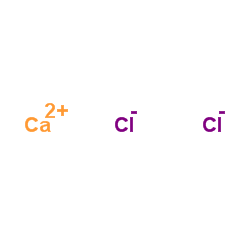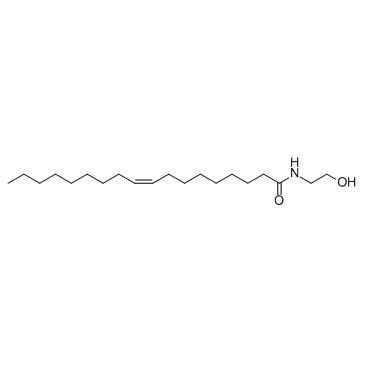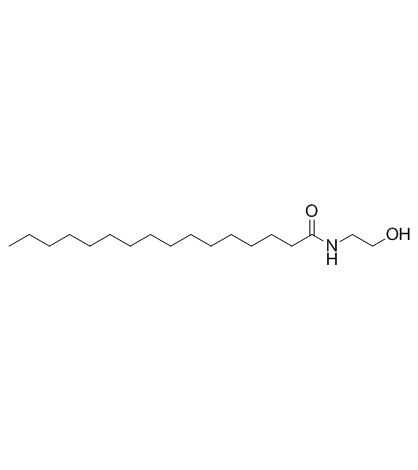| Structure | Name/CAS No. | Articles |
|---|---|---|
 |
sodium chloride
CAS:7647-14-5 |
|
 |
Dimethyl sulfoxide
CAS:67-68-5 |
|
 |
Calcium chloride
CAS:10043-52-4 |
|
 |
SODIUM CHLORIDE-35 CL
CAS:20510-55-8 |
|
 |
calcium chloride dihydrate
CAS:10035-04-8 |
|
 |
Oleoylethanolamide
CAS:111-58-0 |
|
 |
Palmitoylethanolamide
CAS:544-31-0 |
|
 |
8-Octanoyloxypyrene-1,3,6-trisulfonic acid trisodium salt
CAS:115787-84-3 |